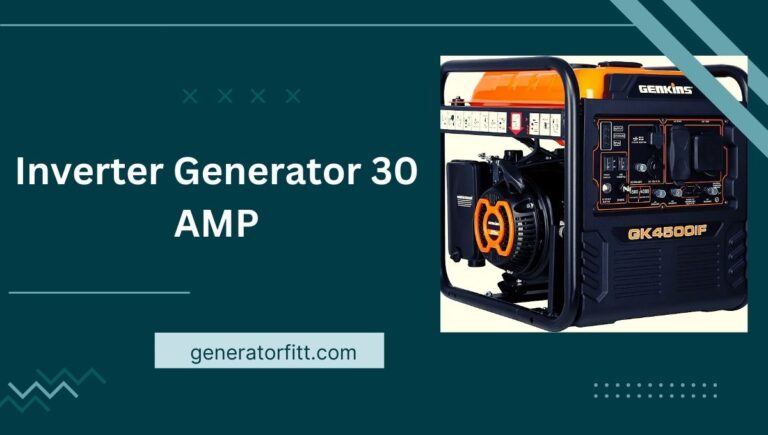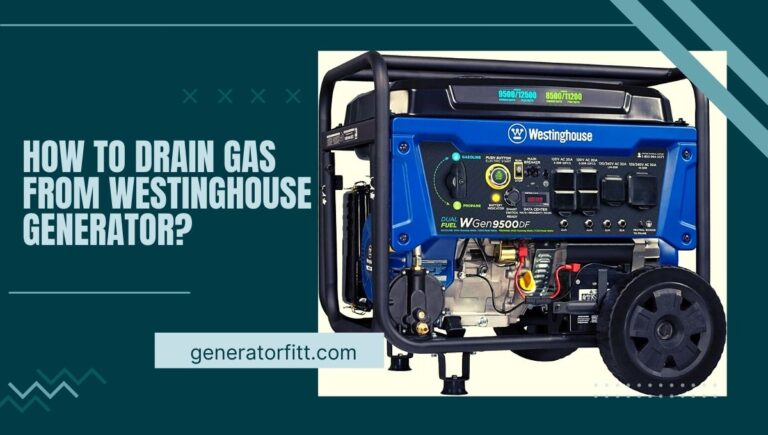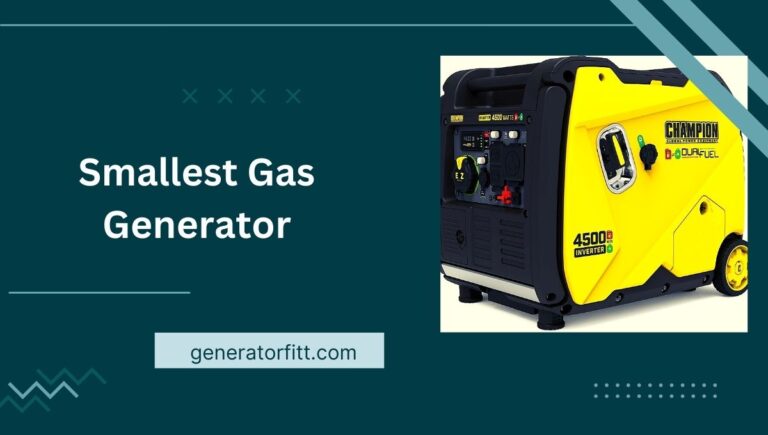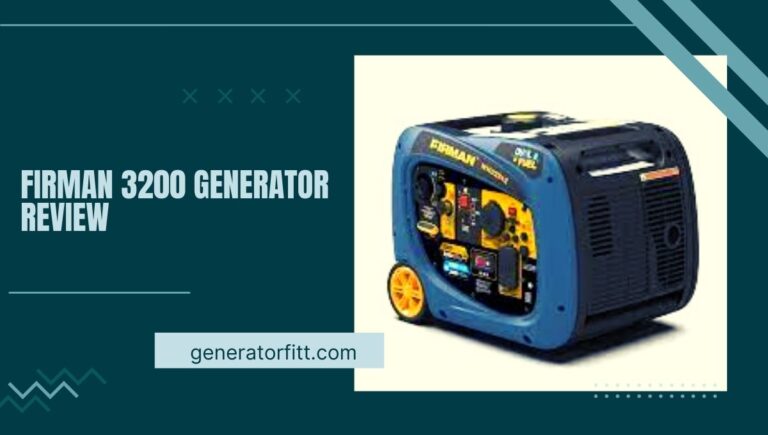Generac Fuel Solenoid Troubleshooting: (Common Problems and Solutions) in 2023
If you own a Generac generator, Generac Fuel Solenoid Troubleshooting you know how important it is to keep it running smoothly. One of the most common issues that can occur is with the fuel solenoid.
This small component plays a critical role in regulating the flow of fuel to the engine, and if it fails, it can cause your generator to stop working altogether. In this article, we’ll explore some of the most common problems that can occur with the Generac fuel solenoid, and provide some troubleshooting tips to help you get your generator back up and running.
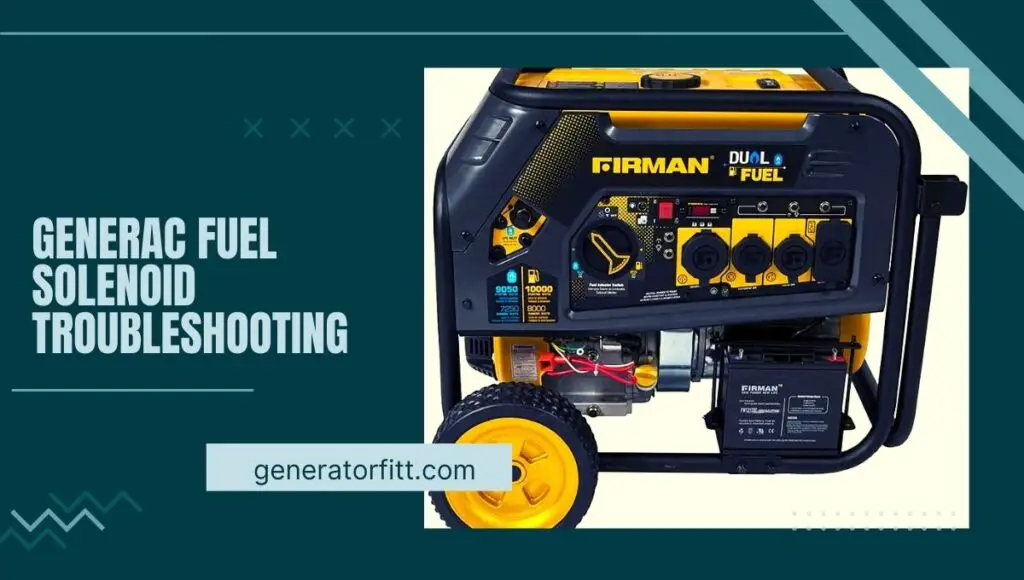
Generac Fuel Solenoid Troubleshooting
Generac’s Fuel Solenoid Troubleshooting To troubleshoot Generac fuel solenoid issues:
- Check wiring connections.
- Test voltage with a multimeter.
- Check for debris in fuel lines and filters.
- Inspect solenoid for damage.
- Check the fuel pump for damage or wear.
Generac 0E5551 Solenoid Fuel Shutoff

The Generac 0E5551 Solenoid Fuel Shutoff is a component used in Generac generators to control the fuel flow. It opens and closes the fuel supply to the engine, preventing fuel from flowing when the generator is not running.
It is operated electrically and connected to the generator’s control panel. If there are any issues, consult the manufacturer’s documentation or a technician for assistance.
Pros
- Enhanced Safety: The Generac 0E5551 Solenoid Fuel Shutoff serves as an essential safety feature in Generac generators. It helps prevent fuel from flowing to the engine when the generator is turned off, reducing the risk of accidents and fuel leakage.
- Automated Operation: The solenoid fuel shutoff is electronically controlled, ensuring automatic and reliable fuel flow management during the generator’s startup and shutdown processes.
- Fuel Efficiency: By controlling the fuel supply precisely, the solenoid shutoff optimizes fuel consumption, improving overall generator efficiency and reducing operating costs.
- Extended Engine Life: Proper fuel shutoff prevents potential engine flooding and fuel-related issues, contributing to the generator’s longevity and reducing maintenance requirements.
- Compatible with Various Models: The Generac 0E5551 Solenoid Fuel Shutoff is designed to be compatible with specific Generac generator models, ensuring proper fit and functionality.
Cons
- Compatibility Concerns: The Generac 0E5551 Solenoid Fuel Shutoff is designed specifically for certain Generac generator models. It may not be directly compatible with other generator brands or models, limiting its universal applicability.
- Potential Failure: Like any mechanical component, the solenoid fuel shutoff can experience wear and tear over time, leading to potential malfunctions or failures. Regular maintenance and timely replacement may be necessary to ensure continued reliable operation.
What is a Generac fuel solenoid?
Before we dive into troubleshooting tips, let’s take a moment to understand what a Generac fuel solenoid actually does. This small but important component is responsible for controlling the flow of fuel to the engine. When the generator is running, the fuel solenoid is energized, allowing fuel to flow into the carburetor and keep the engine running smoothly.
When the generator is turned off, the fuel solenoid de-energizes, stopping the flow of fuel and preventing the engine from flooding.
Symptoms of a failing fuel solenoid
Now that we know what the fuel solenoid does, let’s take a look at some of the most common symptoms of a failing component. If you notice any of these issues, it’s likely that your fuel solenoid is failing:
- The generator won’t start
- Engine stalls shortly after starting
- The generator runs rough or erratically
- Fuel leaks from the carburetor
- Fuel flows continuously, even when the generator is turned off
Common causes of fuel solenoid failure
There are several reasons why a fuel solenoid might fail. Some of the most common causes include:
- Electrical issues: If there’s a problem with the wiring or connections to the solenoid, it may not receive the proper voltage to function.
- Dirt or debris: Over time, dirt and debris can build up in the fuel solenoid, causing it to stick or malfunction.
- Wear and tear: Like any mechanical component, the fuel solenoid can wear out over time and eventually fail.
- Fuel quality: Using low-quality fuel or fuel that’s been sitting for a long time can cause buildup or corrosion in the fuel solenoid.
Troubleshooting tips for a failing fuel solenoid
If you suspect that your Generac fuel solenoid is failing, there are a few things you can do to troubleshoot the problem.
Here are some tips to get you started:
- Check the wiring: Make sure the wiring and connections to the fuel solenoid are in good condition and properly connected.
- Clean the fuel solenoid: If you suspect dirt or debris is causing the problem, remove the fuel solenoid and clean it thoroughly with carburetor cleaner.
- Test the solenoid: Use a multimeter to test the fuel solenoid and ensure that it’s receiving the proper voltage. If it’s not, there may be an issue with the wiring or electrical system.
- Check the fuel quality: If you suspect that the fuel quality is causing the problem, drain the fuel tank and replace it with fresh, high-quality fuel.
How to replace a Generac fuel solenoid?
If your fuel solenoid is beyond repair and needs to be replaced, Here are the steps to follow:
- Turn off the generator and disconnect the battery cables.
- Locate the fuel solenoid on your generator. It’s typically located near the carburetor.
- Remove the wires that connect the fuel solenoid to the rest of the electrical system.
- Remove the fuel line from the solenoid.
- Use a wrench to remove the fuel solenoid from the carburetor.
- Install the new fuel solenoid by reversing the previous steps. Make sure to tighten the solenoid and fuel line securely.
- Reconnect the wires to the fuel solenoid and battery cables.
- Turn on the generator and test it to ensure that the fuel solenoid is functioning properly.
People also ask
Why is my Generac generator not starting automatically?
If your Generac generator is not starting automatically, it could be due to several reasons, such as a faulty battery, a tripped circuit breaker, low fuel levels, or a malfunctioning transfer switch.
Checking these components and ensuring that they are working correctly can help you identify and address the issue.
Why is my Generac cranking but not starting?
If your Generac generator is cranking but not starting, it could be due to several reasons, such as low fuel levels, a clogged fuel filter, a faulty spark plug, or a malfunctioning carburetor.
Checking these components and ensuring that they are working correctly can help you identify and address the issue.
Why won t my Generac generator produce power?
If your Generac generator is not producing power, it could be due to several reasons, such as a tripped circuit breaker, a blown fuse, a faulty voltage regulator, or a malfunctioning alternator.
Checking these components and ensuring that they are working correctly can help you identify and address the issue. Additionally, low fuel levels or a malfunctioning fuel pump can also prevent your generator from producing power.
How do I reset my Generac generator?
To reset your Generac generator, first, turn the generator off and wait for it to cool down. Then, locate the circuit breaker or reset button and press it to reset the system. After resetting, turn the generator back on and check to see if it is operating correctly.
Conclusion
In conclusion, Generac’s Fuel Solenoid Troubleshooting the fuel solenoid is an essential part of the fuel system in a Generac generator. It controls the flow of fuel to the carburetor and the engine, and if it malfunctions, it can cause various problems.
By troubleshooting and addressing issues with the fuel solenoid promptly, you can prevent further damage to your generator and ensure that it continues to run efficiently.
If you need to replace your fuel solenoid, following the steps outlined in this article can help you do so safely and effectively. Regular maintenance and the use of high-quality fuel can also help prevent fuel solenoid failure and keep your generator operating reliably.
Hi, I am Brines Loe and I am an Expert in Generators I have Experience in This Field I want to Help You About This Website! Welcome to our generator (Outdoor) Guide blog! We are dedicated to providing you with the latest information and tips on outdoor generators, ensuring that you have the knowledge you need to make informed decisions about which generator is right for you.

